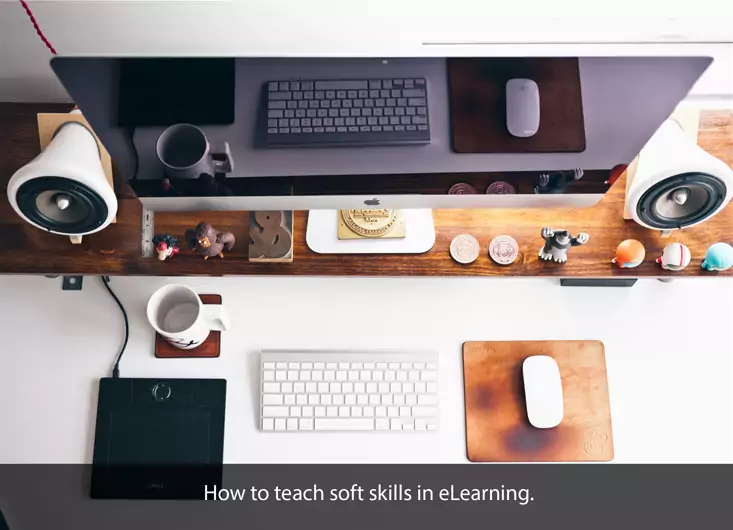New Directions in eLearning Soft Skills

In my previous article, eLearning and Soft Skills: What Went Wrong? I laid out the problems with previous approaches to teaching softer skills in the eLearning environment, and mentioned that the most recent efforts in this area were bearing much juicier, tastier fruit. The reason for this is that eLearning soft skills has taken to heart three important characteristics of a better way: Speed, thin-slicing, and coaching orientation.

Speed. In today’s fast-paced digital world, instructional content has to come in short chunks that provide rapid learning as well as immediate application. Keeping each chunk to as small a size as possible while conveying key concepts not only fits the human brain in terms of how it has been “rewired” by the Internet, but also makes it more user-friendly, which translates into higher utilization rates. The plain fact of the matter is that attention spans in the 21st century, for better or worse, are quite short.
Download the free whitepaper How to Jumpstart an E-Learning Program in Eight (8) Easy Steps
To show just how important this is in today’s environment, a whole new institute called the Rapid Learning Institute (RLI) was started in 2007 by people who could see this was the new way, and wanted to make the most of it. In the trainings that they develop, the ideal time for each module is anywhere from 6 to 10 minutes. That may sound really short, but you’d be surprised what can happen in that short amount of time. When the number one reason cited for why soft skills training doesn’t happen is lack of time, rapid learning is the clear solution.
If people can’t retain what’s learned, then the time has been wasted. Keeping each module short allows for better retention, and greatly increases the chance that learners will use what they’ve learned. RLI notes that because the modules are so short, many managers find them to be useful content to use at the start of meetings. Following up the presentation with a short discussion and even some role-playing helps solidify content learning. You couldn’t do that with an hour-long module and still have time to do any business in the meeting.
Thin-Slicing. This is also often referred to as single-concept learning. Rather than dousing your people with a torrent of information like a fireman putting out a fire with a giant hose, slice off just a single concept and make a short eLearning module about it. Remember, it’s not about how much information you can cram into as short a time as possible, it’s about selecting a single key concept and giving it the fullest treatment possible in the smallest chunk of time possible. That’s a challenge worth taking on. Author Malcolm Gladwell wrote about this in his book called Blink: The Power of Thinking Without Thinking (Back Bay Books, 2007). He discovered that people who make great snap decisions are those who can look at a surprisingly thin slice of information and draw surprisingly accurate conclusions. In this sense, less input is more, as long as it’s the right input.
Applied to eLearning, learning professionals have the opportunity to exercise ultimate control over the inputs, meaning that thin-slicing information into single-concept chunks is the way to go. The goals is to convey one important concept, achieve one outcome or change in behavior that is desired.
Coaching Orientation. The only way to see results from eLearning soft skills is with continued practice and guidance that is best achieved in a coaching orientation with ongoing, regular feedback loops. But many people just don’t feel like they have the time to get that deeply involved in developing their employees. However, taking the previous two concepts of speed and thin-slicing to heart makes the whole task that much more manageable. It’s not about coaching employees to be better leaders – that feels so big that anyone would give up. It’s about chunking out the most important things that need to happen, such as helping your managers understand how to give negative feedback (see my article, Riding the Curve of Feedback).
Keeping these important features of the new eLearning for soft skills in mind will put your company on the path to better results in developing employees that are equipped to succeed.